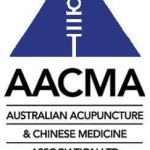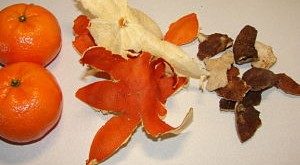Been sick recently?
Noticed an influx of ‘colds and flu’ or ‘upper respiratory infections’ going around?
Here is a short read on how Chinese medicine (very generally) views the oncoming of the common cold (one of the hardest conditions to treat because it changes so quickly — just like the weather!). Do you know how the pores on our skin can influence whether we contract a cold or not?
Pores are the windows of your body
During hot climate seasons like summer, the pores in our skin are wide open. They are like the ‘windows’ of our body. Our pores are wide open during summer and the warmer climate seasons, which help to release heat from our body and promote sweating.
When the weather gets colder, our body starts to close these windows entirely, so it can prevent the external wind and cold from entering. The process of these windows closing, is slow and adjusts accordingly with weather changes.
Therefore, if the temperature suddenly drops and the windows are still open, we’re easily vulnerable to a wind-cold pathogenic factor attacking us. Autumn and Winter are especially good at catching us off guard in this way!
Releasing the Exterior
Acupuncture stimulates the immune system to support it in fighting off illness, with a fast recovery in the most natural way.
Traditional Chinese medicine (TCM) translates ‘colds and flu’ as pathogenic invasions that can easily be expelled using certain acupuncture points and herbs. This is known as “releasing the exterior”. Why do some people easily catch colds, but others not so often?
In western medicine terms, we often say that people with strong immune systems are less likely to catch cold. In traditional Chinese medicine, we say that these people have strong defensive Qi (or wei qi).
Their body is able to adjust quickly to environmental changes around them, because their wei qi is strong and they have built up resistance to pathogenic factors trying to attack them through their pores. In other words, they can close their ‘windows’ faster, allowing their body surface to be sealed so that wind-cold pathogens don’t have a chance to get in.
When a wind-cold pathogen enters our body, it causes sneezing, itchy eyes, runny nose, body aches, and headaches. That’s when we say, “You have caught a cold.” In this case, a Chinese medicine practitioner would recommend taking pungent herbs to assist the body in expelling the wind-cold pathogen. For example: ginger, onion and peppermint are the most commonly used herbs in herbal teas for common cold.
Contact us to enquire about a telehealth consultation, to arrange for your personalised prescription and a liquid formula, delivered straight to your home! A completely contact-free process!

